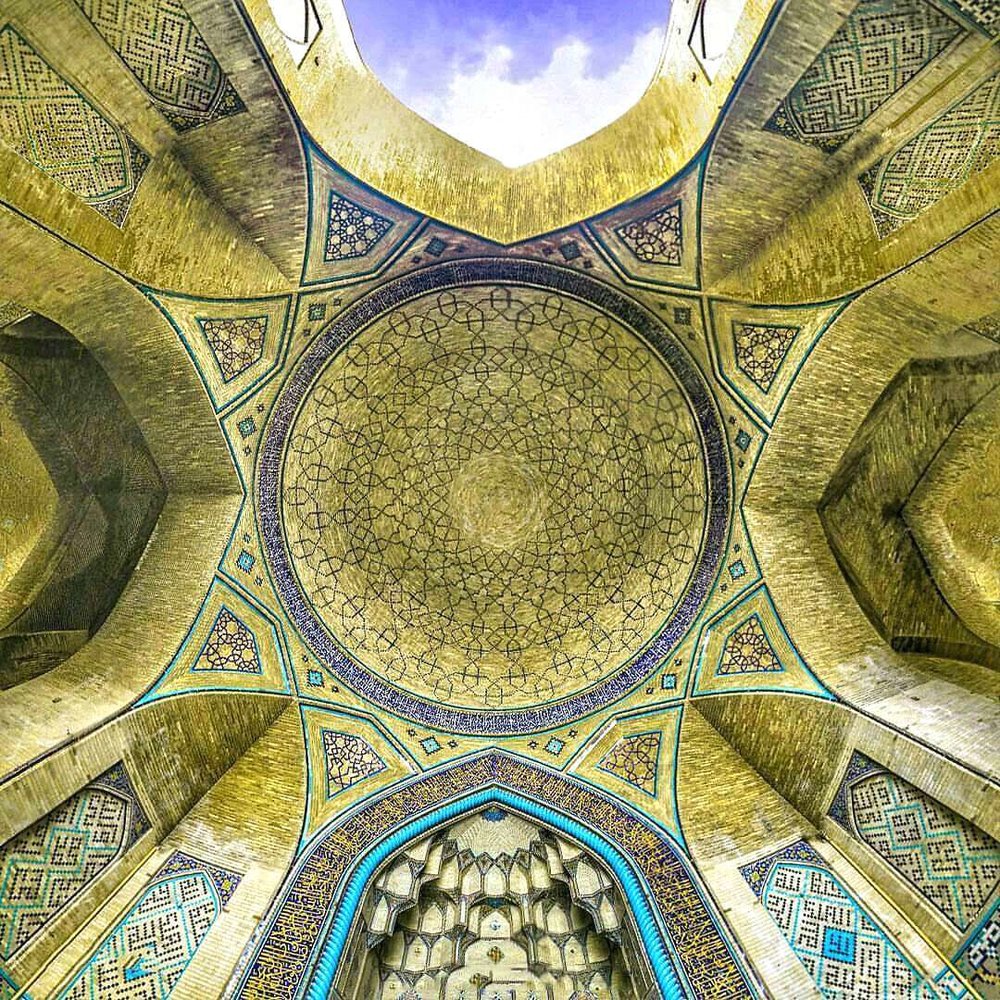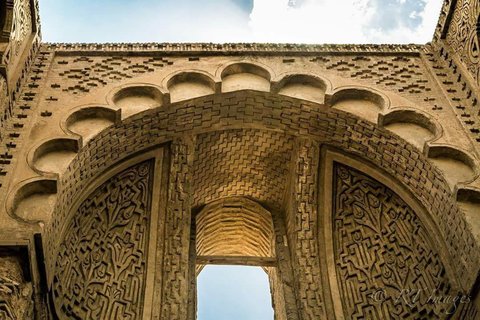Iran (IMNA) - This mosque was built at the end of Rangrazan Bazaar, in the old neighborhood of Isfahan called Babol Dasht, in 1067 A.H, during the reign of Shah Abbas II; its construction was completed in 1073 A.H. The founder of the mosque was Hakim Mohammad Davood known as Tagharob Khan who was a physician during the Shah Safi and Shah Abbas II era.

Hakim mosque is one of the important mosques of Isfahan due to its beautiful and unique tile works and exquisite inscriptions in Suls, Nastaliq, and Moalla calligraphy. This monument is located in an area where of an older mosque from Deilamian dynasty era in 4th century A.H, named Juji, Jurjir, Rangrazan Jameh, or Saheb Ibn Ebad mosque was constructed. Four Iwans that surrounded this monument are displaying nice decorations and tile works combined with unique and distinctive features.

Roofed Shabestan of Hakim mosque is one of the interesting and big one in its own kind. It has beautiful seven-color tile works with flower and bush designs. Turquoise tiles in arabesque design and Bannai scripts with geometric forms in vertical and horizontal direction are also visible in the mosque. There is also an inscription written by Mohammad Reza Emami, with Suls calligraphy on azure background, dates back to 1069 A.H.



Your Comment